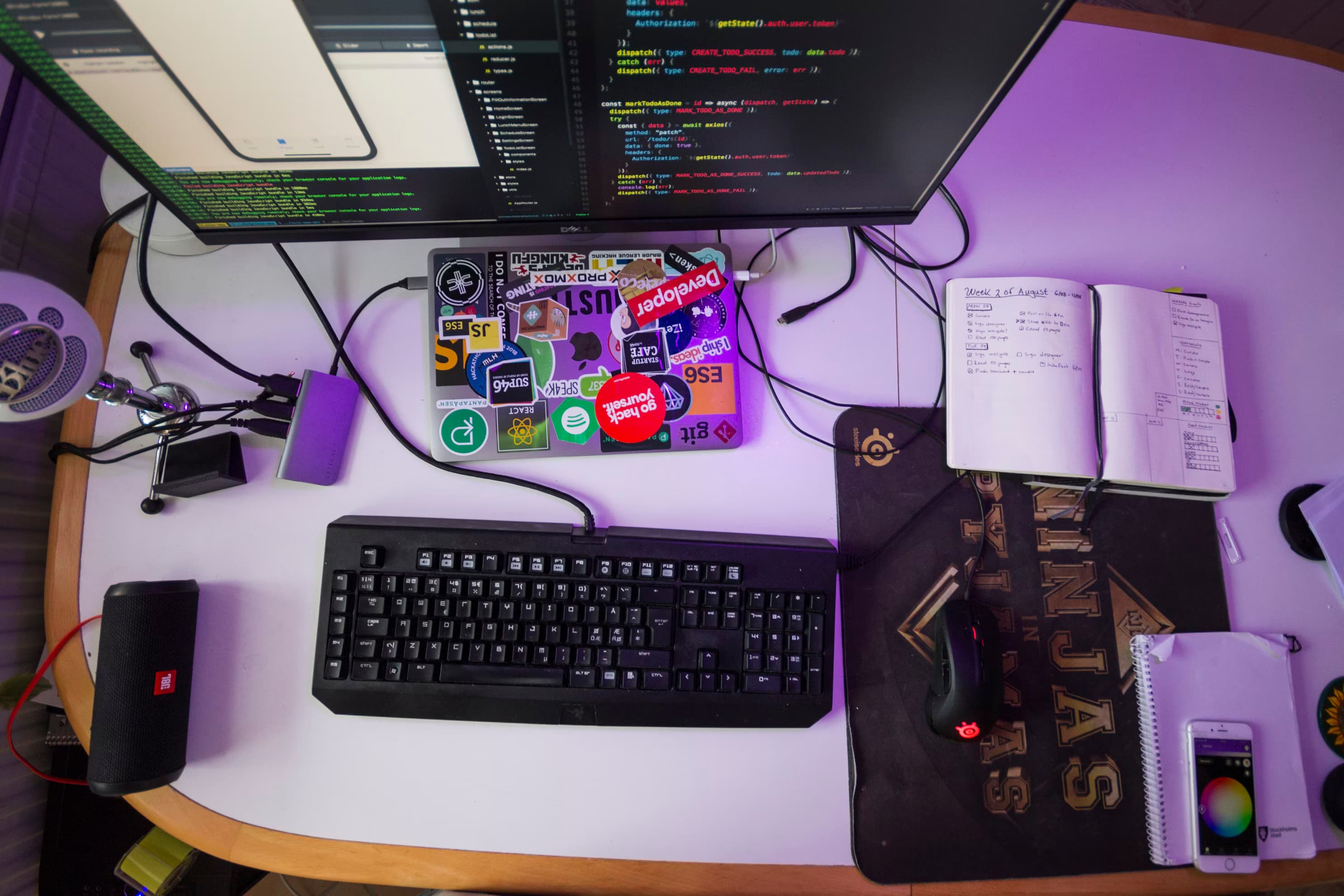Unlocking Next.js 14: Turbocharged Development and Dynamic Prerendering

Next.js, the popular React framework, has released its highly anticipated version 14 with a series of game-changing features and improvements. This update brings significant performance enhancements, simplified data mutations, and a preview of partial prerendering capabilities. Whether you're a long-time Next.js user or just getting started, Next.js 14 offers a range of benefits that can take your web development projects to the next level.
Turbocharge Your Development with Turbopack
One of the standout features of Next.js 14 is Turbopack, a powerful optimization that significantly boosts development speed. With Turbopack, you can expect up to 53% faster local server startup and a remarkable 94% improvement in code updates with Fast Refresh. The best part is that you don't need to make any changes to your existing Next.js projects to enjoy these performance benefits. Turbopack will soon reach stability in an upcoming minor release, ensuring a seamless and efficient development experience.
Simplified Data Mutations with Server Actions
In previous versions of Next.js, creating dedicated API routes for server-side code was a common practice. However, Next.js 14 introduces Server Actions, which simplifies the process of handling data mutations. With Server Actions, you can trigger server-side code securely by defining a function directly in your React component. This streamlined approach reduces the number of network roundtrips required for data mutations and page re-rendering, resulting in improved code readability and enhanced user experiences.
Server Actions offer a familiar and efficient way to handle server-side logic, making it easier to build robust and performant applications. Whether you're working on form submissions, data mutations, or other server-side operations, Server Actions provide a seamless and intuitive solution.
Enhanced Metadata and Under-the-Hood Improvements
Next.js 14 not only brings improvements to the user-facing features but also enhances the underlying infrastructure. Metadata options like viewport, colorScheme, and themeColor have been refined to enhance the initial rendering experience and reduce layout shifts. These enhancements ensure that important metadata is sent with the initial page content, preventing any visual inconsistencies.
It's worth noting that Next.js 14 has raised the minimum Node.js version requirement from 16.14 to 18.17. This update aligns with the latest advancements in Node.js and ensures that Next.js users can take advantage of the most up-to-date features and optimizations. Additionally, there have been some API modifications, so it's essential to stay updated with the latest changes to leverage the full potential of Next.js 14.
Unleash the Power of Partial Prerendering
One of the most exciting features in Next.js 14 is Partial Prerendering, which provides the best of both worlds: the performance of static sites and the dynamism of server-rendered apps. Partial Prerendering allows you to achieve a fast initial static response while streaming dynamic content based on your React Suspense boundaries. This approach simplifies development by leveraging existing React Suspense patterns, eliminating the need to learn new APIs.
Partial Prerendering builds on years of research and development in server-side rendering (SSR), static-site generation (SSG), and incremental static revalidation (ISR). It optimizes the rendering process, ensuring that your application delivers fast and dynamic content while maintaining the benefits of static site generation.
To implement Partial Prerendering, you define Suspense boundaries in your components, allowing Next.js to generate a static shell with fallback content. As the page loads, dynamic components replace the fallback content, providing a smooth and interactive user experience. This approach balances performance and interactivity, making it ideal for applications that require both speed and real-time updates.
Learn Next.js with Next.js Learn
Next.js 14 also brings an updated and refreshed free course called Next.js Learn. Whether you're new to Next.js or an experienced developer, this course offers valuable insights and practical examples to level up your Next.js skills. From the basics to advanced features like Partial Prerendering, Next.js Learn is a comprehensive resource that empowers you to create high-quality and performant web applications.
Conclusion
Next.js 14 is a significant update that introduces powerful features and optimizations to enhance your web development experience. With TurboPack, Server Actions, Partial Prerendering, and other improvements, Next.js continues to solidify its position as a leading framework for building modern and performant web applications. Whether you're a seasoned developer or just starting your journey, Next.js 14 has something to offer, unlocking new possibilities and making web development more efficient and enjoyable.




